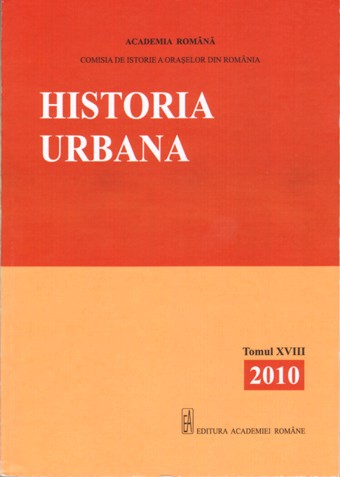Moldavian Bastioned Fortresses. Characteristics
Moldavian Bastioned Fortresses. Characteristics
Author(s): Mariana ŞlapacSubject(s): History
Published by: Editura Academiei Române
Keywords: fortress; moldavian fortress; bastioned fortress; military architecture of Moldavia;
Summary/Abstract: In Moldavia bastioned fortifications are built beginning with the 17th till the end of the 18th century. Among the most important fortresses are those from Akkerman (Cetatea Alba), Chilia, Bender (Tighina), Hotin, Reni, Chişinău, Soroca, Palanca and others. Some of them are built at the Ottoman Empire command, others – at the Russian Empire’s. Among bastioned fortifications in Moldavia those who have a nearly regular plane are distinguished: quadrilateral (Zamca, Chişinău, Chilia, Palanca) and in the form of a star (Soroca, Reni), as well as those of irregular plane (Bender, Hotin, Cetatea Alba, Ismail). The fortresses are built in correspondence with the methods and principles of Dutch, German, French and Russian military schools. Among the projects authors we will mention French engineers De Lafitte-Clavé and François Kauffer, German engineers Kahlenberg and Riehter, Turkey engineer Mehmed Tahir, Russian engineers Ernst Förster and Ivan Harting and others. The most bastioned fortresses from Moldavia have the function of arsenals or attack base during wars between Russians and Ottomans from the end of the 18th – the beginning of the 19th centuries. The period of functioning of these fortifications as military objectives ends in the 19th century: some of them are abandoned because they loose their earlier strategic importance, the other are liquidated in accordance with some peace agreements; only some fortifications continue to serve as temporary artillery and ammunition deposits.
Journal: Historia Urbana
- Issue Year: XVIII/2010
- Issue No: 18
- Page Range: 231-247
- Page Count: 17
- Language: English
- Content File-PDF

